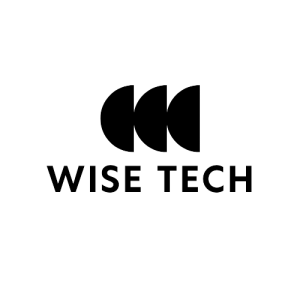In today’s competitive business landscape, the success of any organization hinges on its ability to attract, select, and onboard top-tier talent. The process of recruitment has evolved significantly over the years, transforming from a mere transactional endeavor to a strategic and dynamic pursuit. This article delves into the intricacies of effective recruitment techniques, offering insights that span the entire journey from sourcing the right candidates to seamlessly integrating them through onboarding processes.
The Foundation: Sourcing the Right Talent
Sourcing is the cornerstone of successful recruitment. To ensure you are attracting the best candidates, it’s crucial to adopt a multifaceted approach. This involves utilizing various channels such as job boards, social media platforms, industry-specific networks, and even employee referrals. The goal is to cast a wide net while ensuring the alignment of candidates’ skills, experiences, and cultural fit with your organization.
Digital Footprint: Leverage the power of online platforms. Craft compelling job descriptions that resonate with potential candidates, utilize relevant keywords for search engine optimization, and maintain an active presence on professional networks.
Harnessing Employee Referrals: Existing employees can be your best advocates. Establish a structured employee referral program that incentivizes your workforce to refer qualified candidates. This not only accelerates the sourcing process but also enhances the likelihood of finding candidates who align with your company’s values.
Navigating the Selection Process
Once a pool of potential candidates is identified, the selection process comes into play. Traditional methods of interviews and resume assessments are essential, but incorporating modern tools can elevate your recruitment game.
Behavioral Assessments: Use psychometric tests and behavioral assessments to gain deeper insights into candidates’ personality traits, working styles, and how well they would fit within your organization’s culture.
Skills Evaluation: Implement skills assessments or mock assignments relevant to the role. This practical evaluation provides a more accurate measure of candidates’ capabilities, setting the stage for informed decisions.
The Art of Candidate Engagement
Recruitment is a two-way street. Just as you’re evaluating candidates, they’re also assessing your organization. Effective candidate engagement fosters a positive impression and can influence their decision to join your team.
Transparent Communication: Maintain clear and open communication throughout the recruitment process. Keep candidates informed about their progress, provide feedback whenever possible, and ensure they have a realistic understanding of the role and the organization.
Showcasing Company Culture: Give candidates a glimpse into your company’s culture and values. This can be achieved through virtual tours, employee testimonials, and showcasing company events or initiatives. A strong cultural match often leads to higher employee satisfaction and longer tenures.
The Final Phase: Seamless Onboarding
Congratulations, you’ve found your ideal candidate! However, the journey doesn’t end with an acceptance letter. Effective onboarding is critical to ensure the new employee’s successful integration into the organization.
Structured Onboarding Plans: Design a comprehensive onboarding program that covers not only paperwork and administrative tasks but also introduces the employee to key team members, company processes, and their role’s expectations.
Mentorship and Support: Assign a mentor or buddy to help the new employee navigate their initial days. This support system can alleviate any apprehensions and facilitate a smoother transition.
Continuous Learning and Development
Recruitment techniques are not static; they evolve as your organization grows. Regularly review and refine your processes based on data, feedback, and industry trends.
Feedback Loops: Create opportunities for candidates and hiring teams to provide feedback on the recruitment process. Analyze this input to identify areas for improvement and implement necessary changes.
Staying Ahead of Trends: Stay informed about the latest trends in recruitment technology, candidate preferences, and market dynamics. Adapting to these changes ensures your techniques remain effective and relevant.
Takeaway
Effective recruitment is a multifaceted endeavor that extends from sourcing talent to their seamless integration through onboarding. By adopting a strategic approach to sourcing, incorporating modern selection methods, engaging candidates transparently, and ensuring a seamless onboarding experience, organizations can not only attract top-tier talent but also retain and nurture their growth within the company. As the recruitment landscape continues to evolve, staying adaptable and open to innovation will be the key to unlocking success in the pursuit of exceptional talent.













